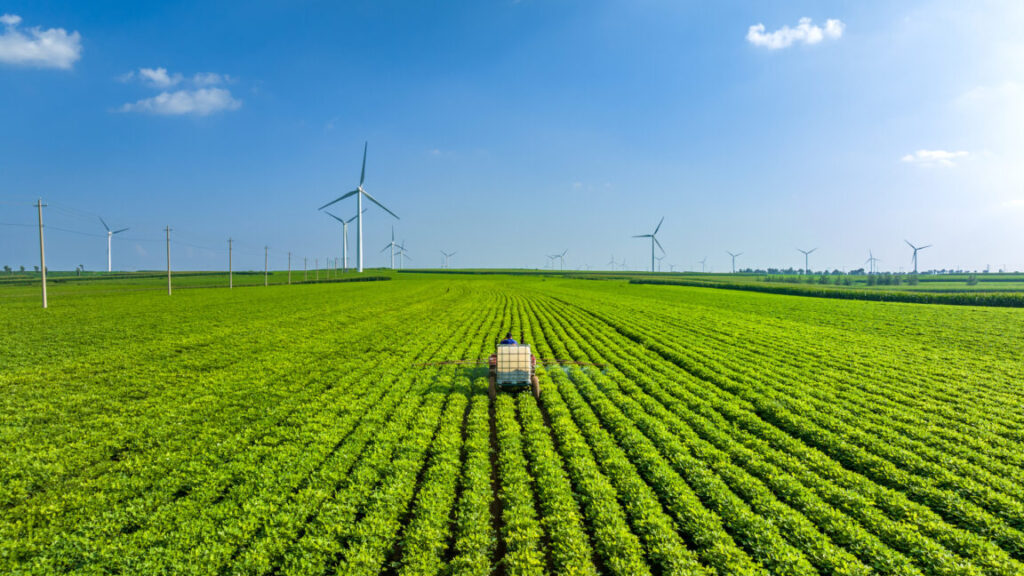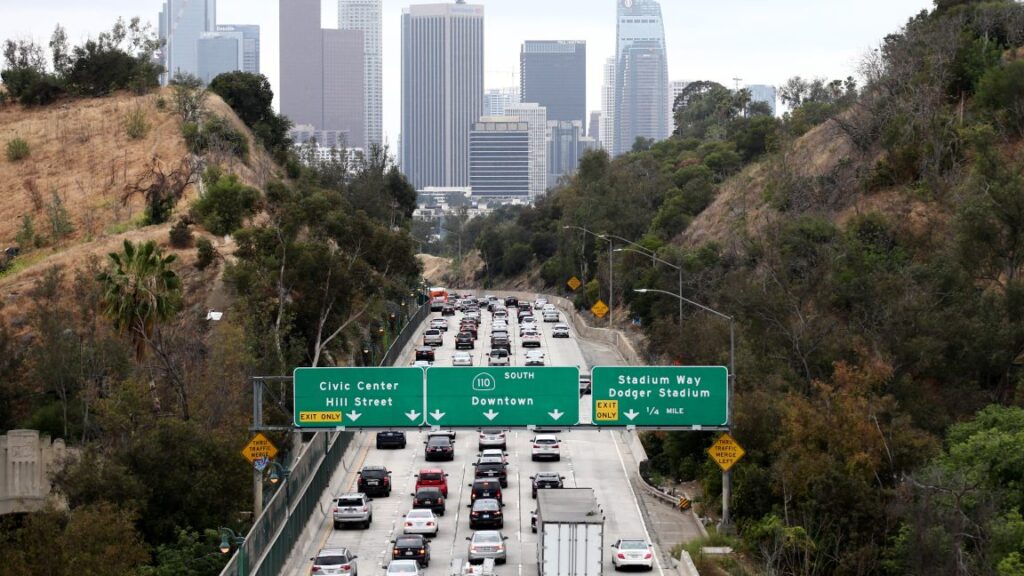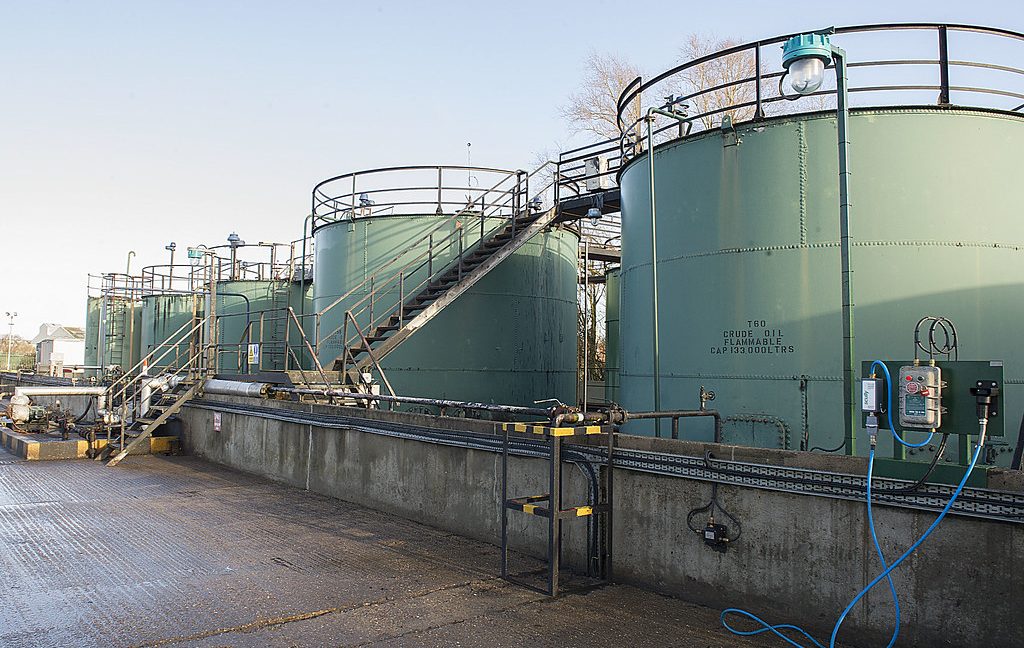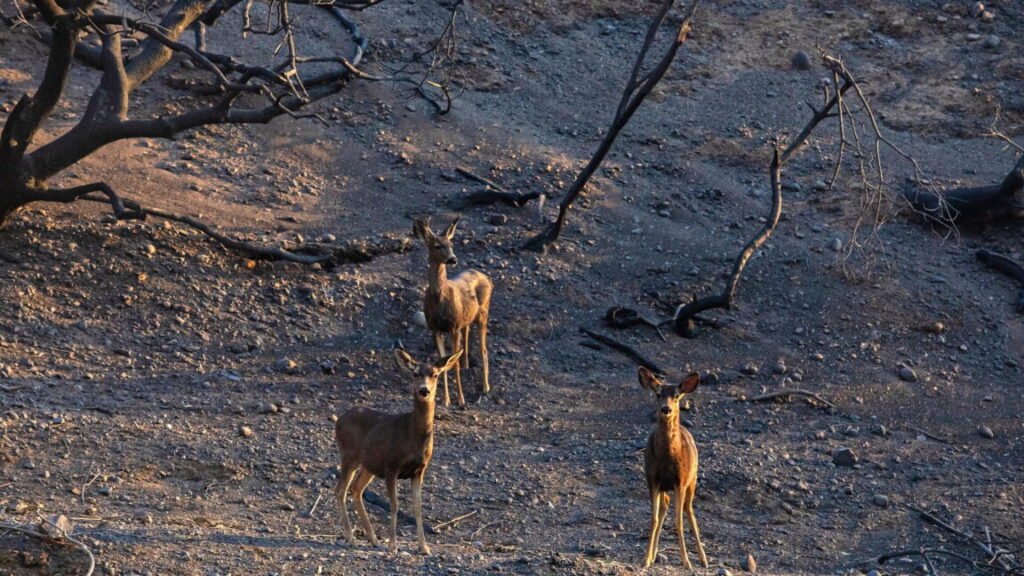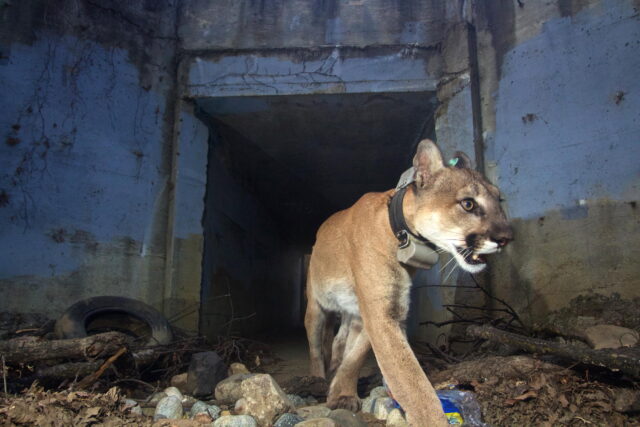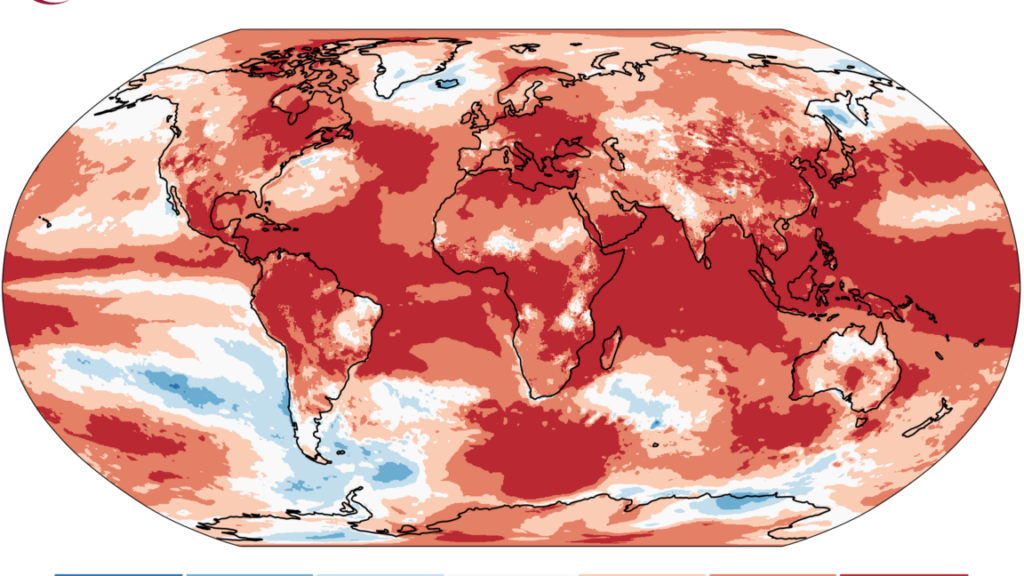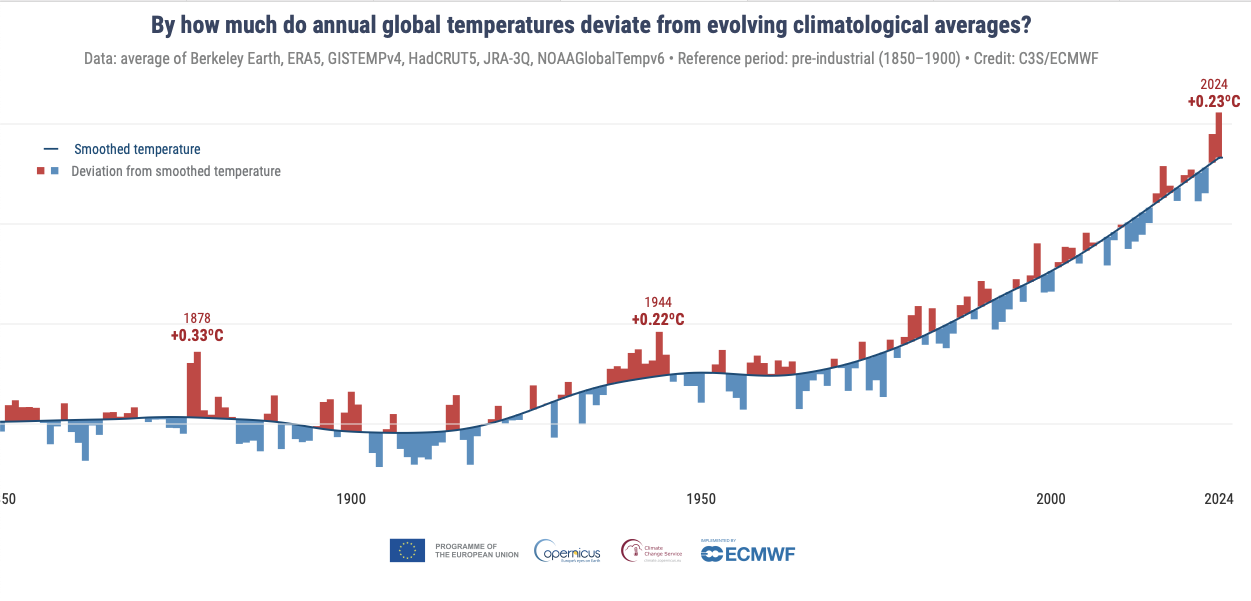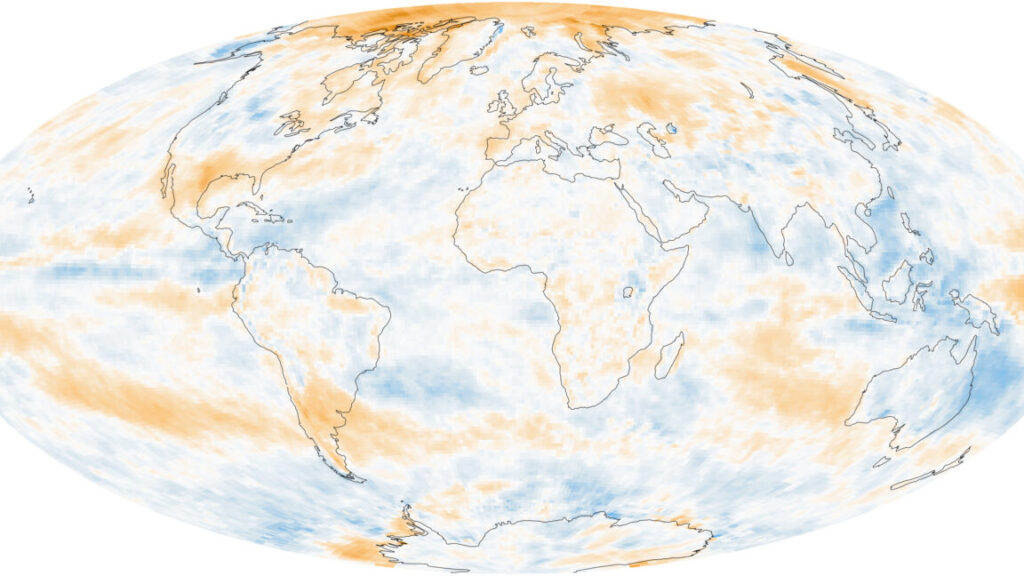Trump throws coal a lifeline, but the energy industry has moved on
As President Donald Trump signed a slew of executive orders Tuesday aimed at keeping coal power alive in the United States, he repeatedly blamed his predecessor, Democrats, and environmental regulations for the industry’s dramatic contraction over the past two decades.
But across the country, state and local officials and electric grid operators have been confronting a factor in coal’s demise that is not easily addressed with the stroke of a pen: its cost.
For example, Maryland’s only remaining coal generating station, Talen Energy’s 1.3-gigawatt Brandon Shores plant, will be staying open beyond its previously planned June 1 shutdown, under a deal that regional grid operator PJM brokered earlier this year with the company, state officials, and the Sierra Club.
Talen had decided to close the plant two years ago because it determined that running the plant was uneconomical. But PJM said the plant was necessary to maintain the reliability of the grid. To keep Brandon Shores open while extra transmission is built to bolster the grid, Maryland ratepayers will be forced to pay close to $1 billion.
“There’s some people who say that Brandon Shores was retiring because of Maryland’s climate policy,” says David Lapp, who leads the Maryland Office of People’s Counsel, which fought the deal on behalf of ratepayers. “But it was purely a decision made by a generation company that’s operating in a free market.”
Cheaper power from natural gas and renewable energy has been driving down use of coal across the United States for roughly 20 years. Coal plants now provide about 15 percent of the nation’s electricity, down from more than 50 percent in 2000.
In some cases, state and local officials have raised concerns over whether the loss of coal plants will make the grid more vulnerable to blackouts. In Utah, for example, the Intermountain Power Agency’s 1,800-megawatt coal power facility in Utah’s West Desert is the largest US coal plant that was scheduled to shut down this year, according to the US Energy Information Administration. IPA is going forward with its plan to switch to natural gas plants that can be made cleaner-operating by using hydrogen fuel. But under a new law, IPA will shut down the coal plants in a state where it can be easily restarted, said IPA spokesman John Ward. The Utah legislature voted last month in favor of a new process in which the state of Utah will look for new customers and possibly a new operator to keep the coal plant running.
Trump throws coal a lifeline, but the energy industry has moved on Read More »

